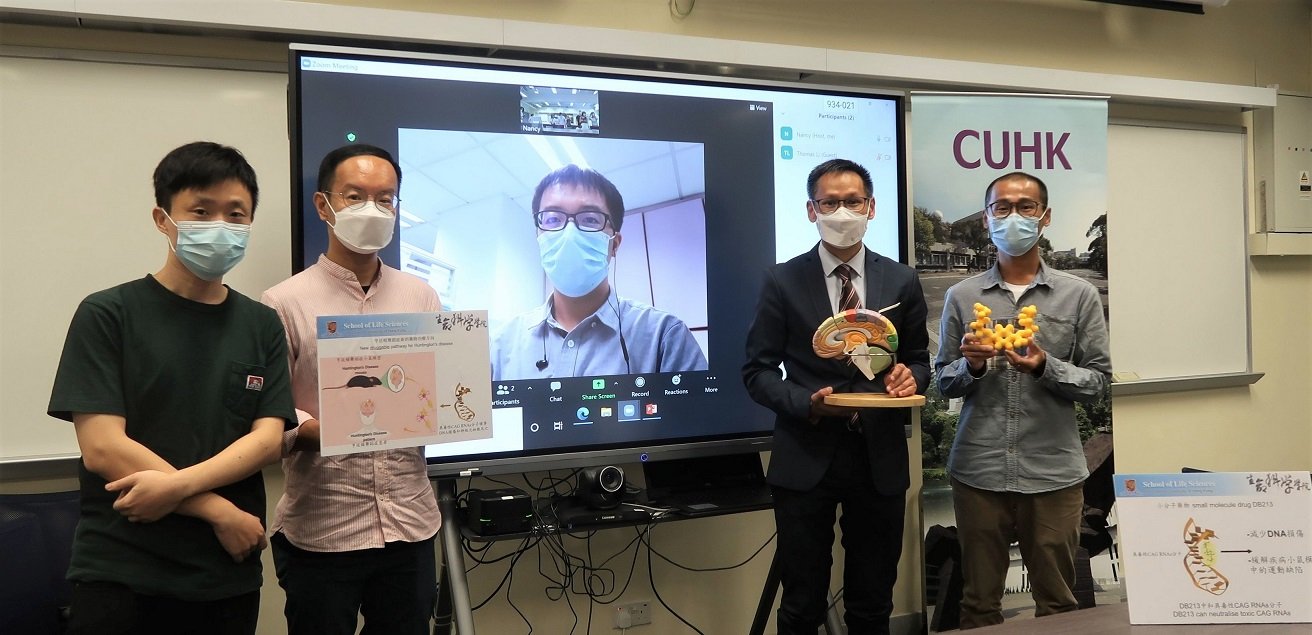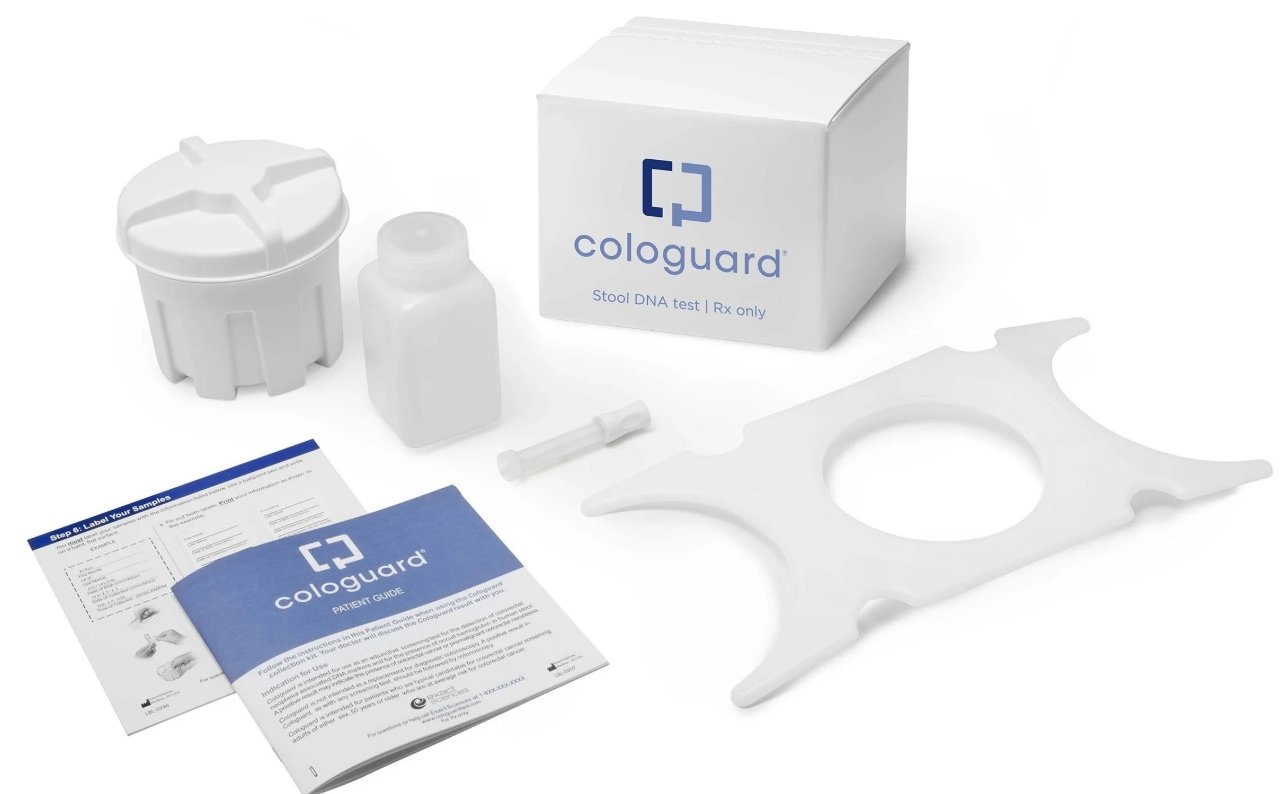
Photo Credit: Chinese University of Hong Kong (CUHK))
Professor Ho Yin Edwin Chan from the School of Life Sciences of The Chinese University of Hong Kong (CUHK), in collaboration with scientists from the University of Illinois at Urbana-Champaign, USA and the University of Pisa, Italy, has recently unveiled how a special RNA species called small CAG repeat RNAs (sCAG) plays a destructive role in the pathogenesis of Huntington’s disease (HD) by causing damage to the genetic materials in the genome.
This is the first study that demonstrates sCAG are sufficient to induce neuronal DNA damage. The research team believes that the findings can help develop new treatments for HD. Experiments in mouse disease models have shown positive therapeutic effect in reducing the DNA damage in HD mice.
A genome is analogous to a bookshelf which stores all the books (genetic materials) that make a living organism, including humans. Professor Chan’s team showed that when sCAG accumulates in nerve cells at a high enough level, the normal function of NUDT16, an important factor responsible for safeguarding the integrity of the genome bookshelf, will be compromised. Reducing NUDT16 functionality results in rapid accumulation of genome damage in the brain cells and, eventually, triggers neuronal degeneration and cell death. On the other hand, restoring the normal function of NUDT16 can rescue DNA damage and apoptosis in HD models.
HD is an adult-onset rare genetic disorder. Symptoms of HD usually start when patients are in their mid-30s or 40s. As the disease advances, patients experience progressive decline of their body movement control and cognitive thinking ability due to the continuous malfunctioning of nerve cells in their brains.
Research team discovered a small molecule compound termed DB213 which can significantly restore motor deficits in mice that contract Huntington’s disease. Using nuclear magnetic resonance spectroscopy, the team determined the solution structure of the DB213/sCAG complex, enabling them to visualise how the compound docks onto the toxic sCAG. This patent-protected technology provides a basis for the team to further modify the compound for achieving higher therapeutic effects against HD.
The research findings have been published in the prestigious scientific journal, Proceedings of the National Academy of Sciences USA.




